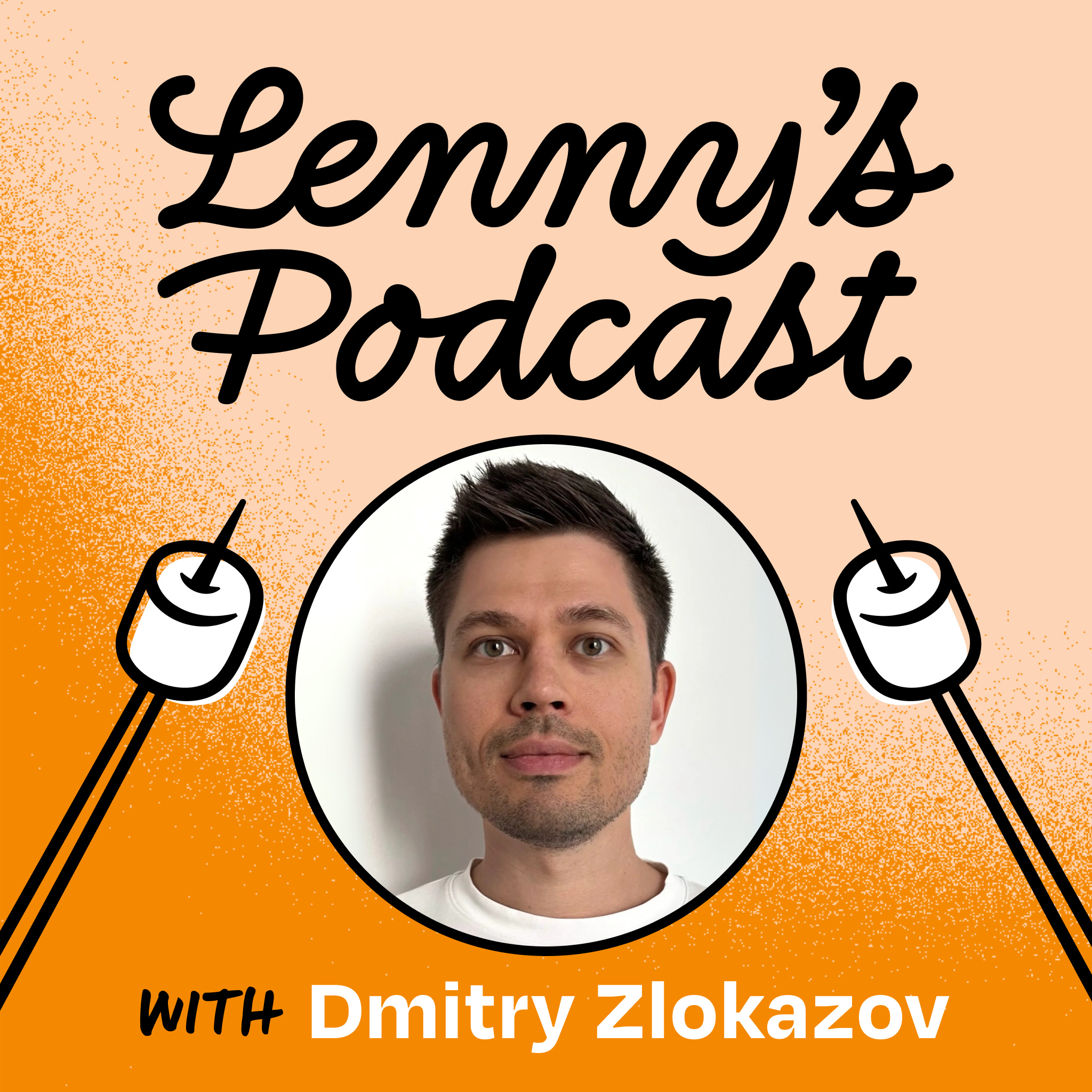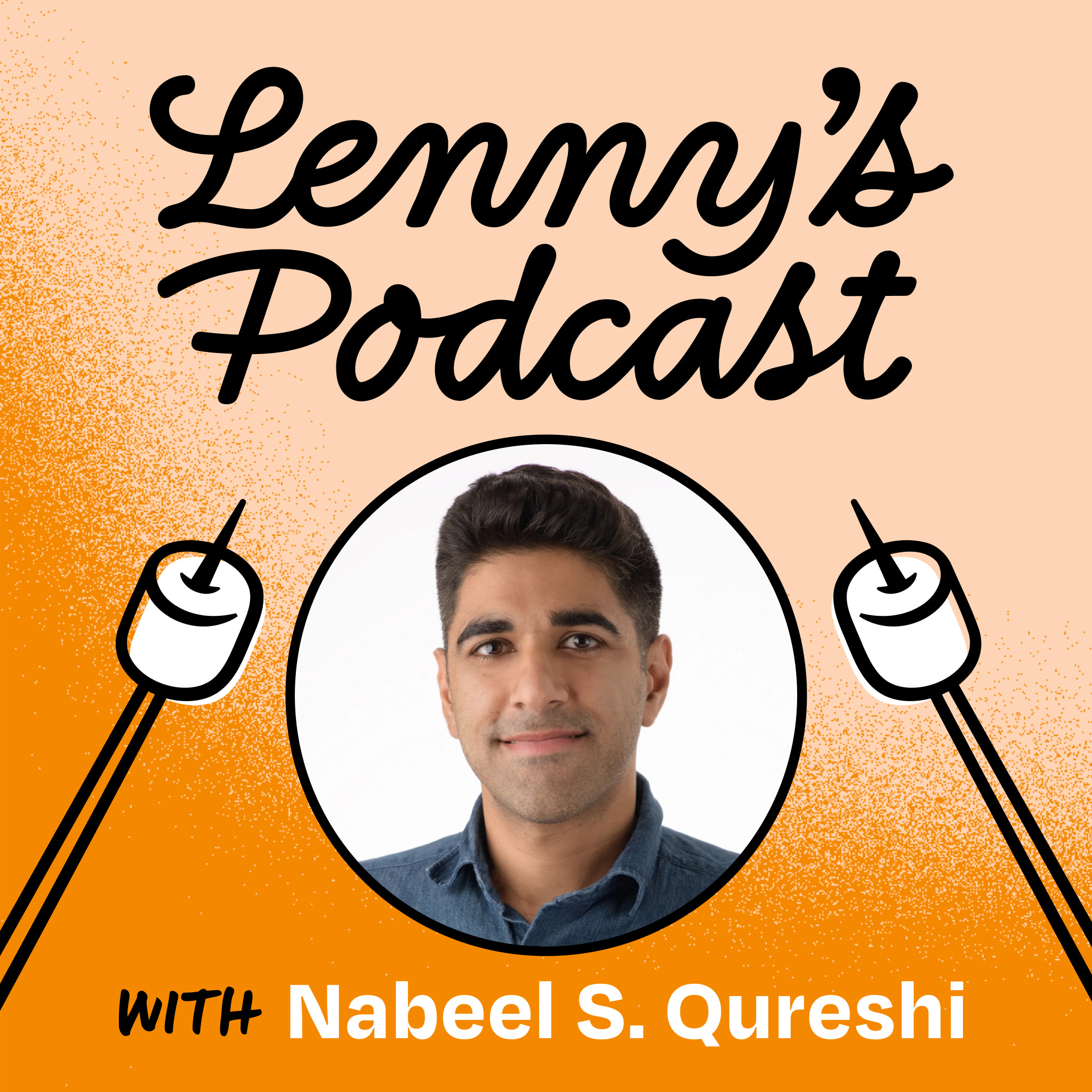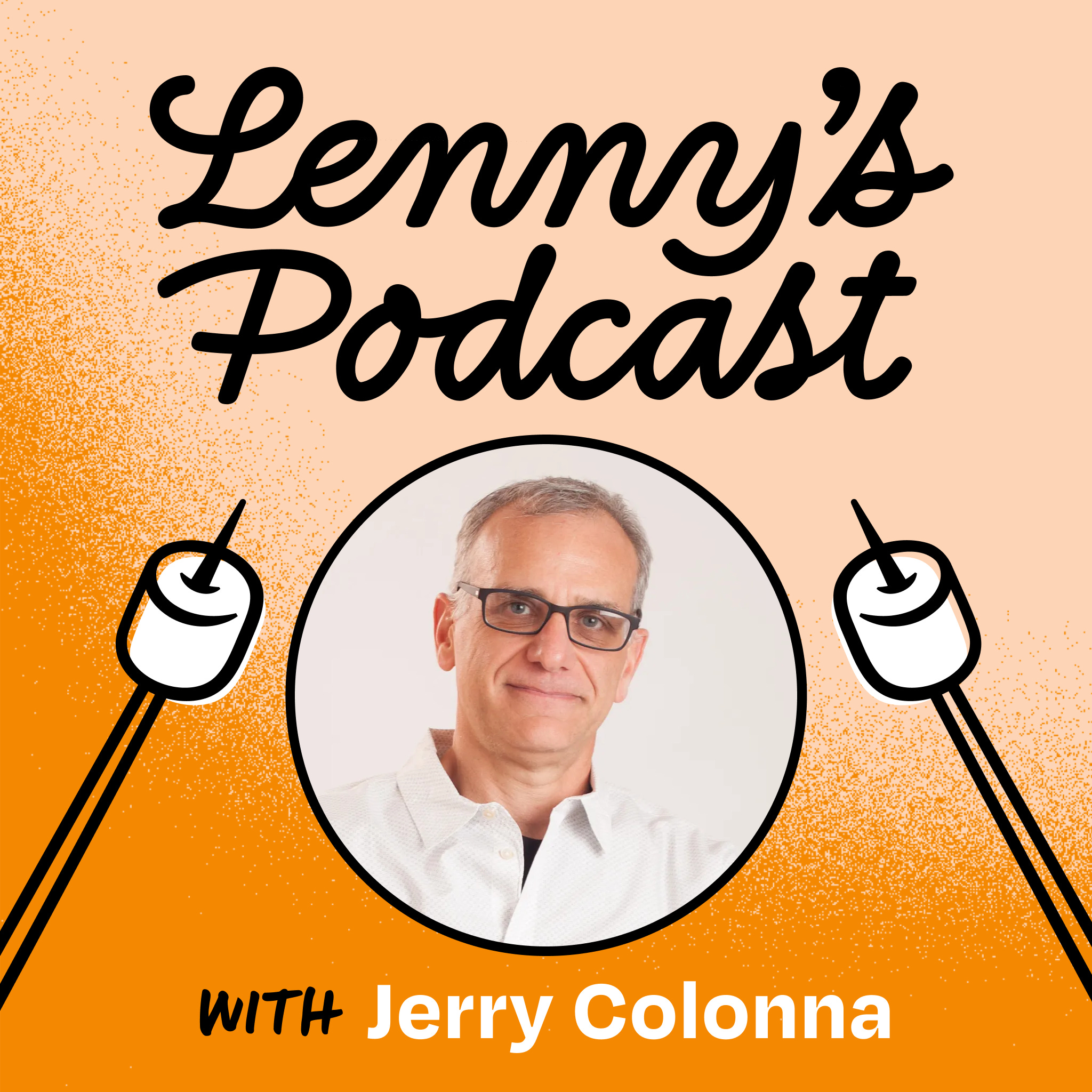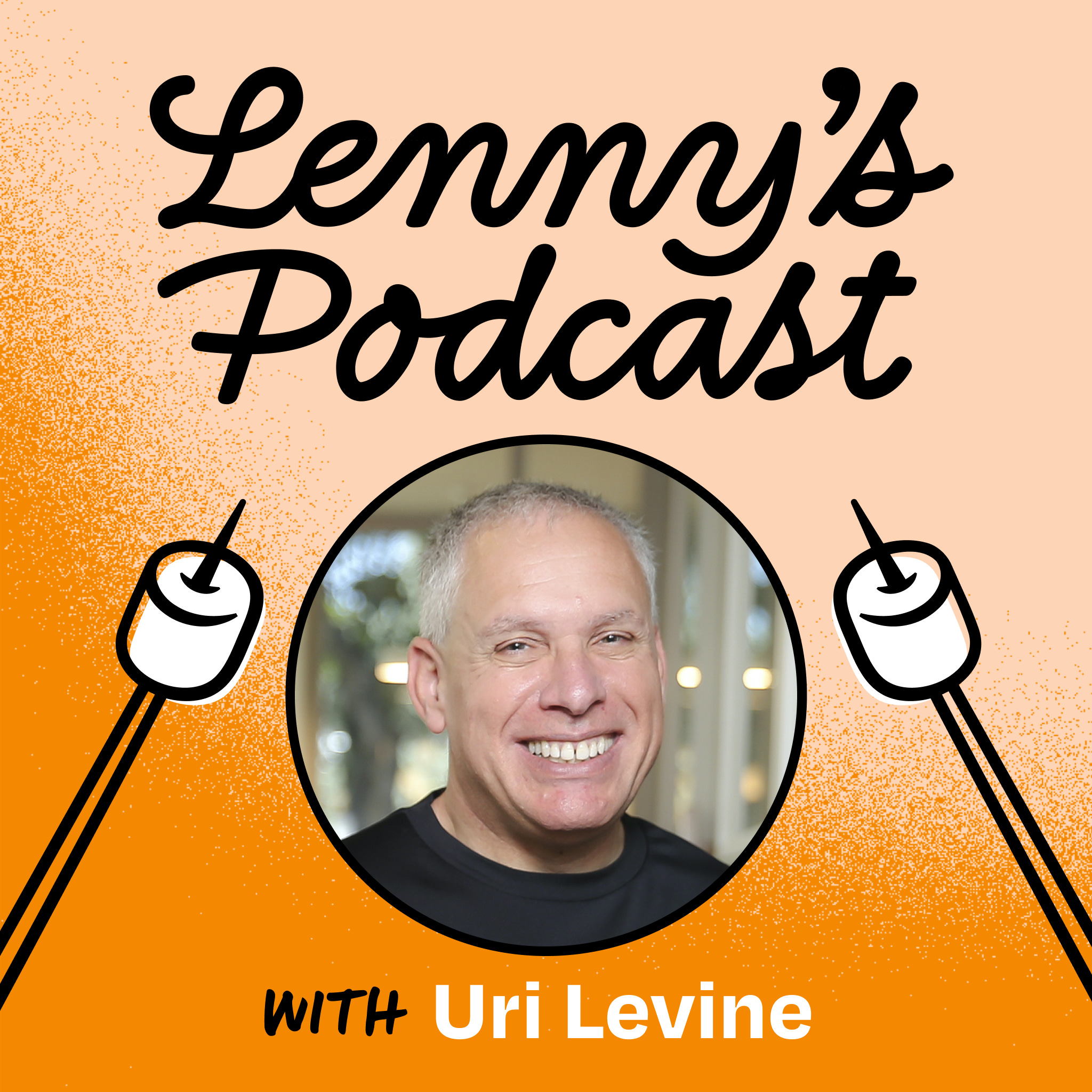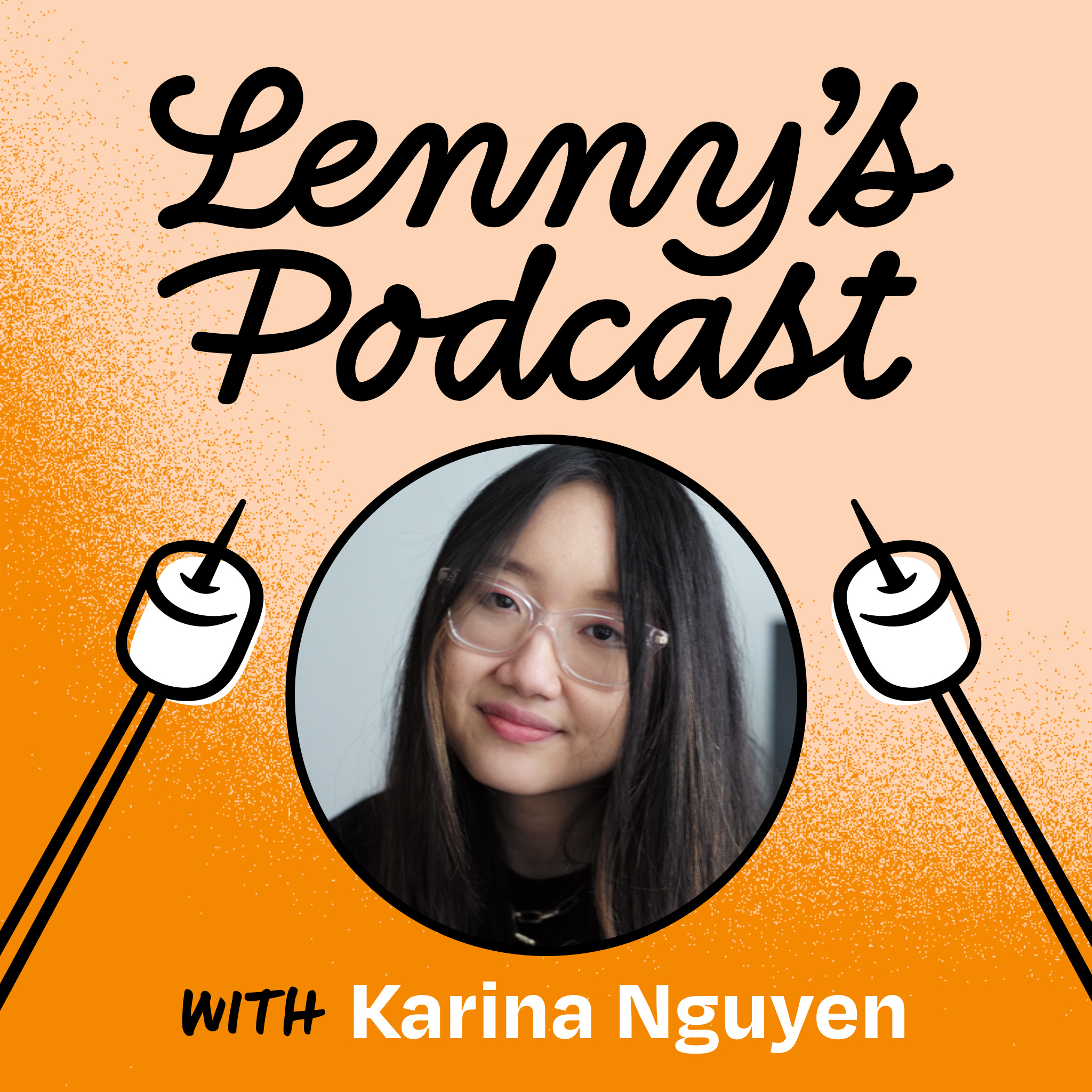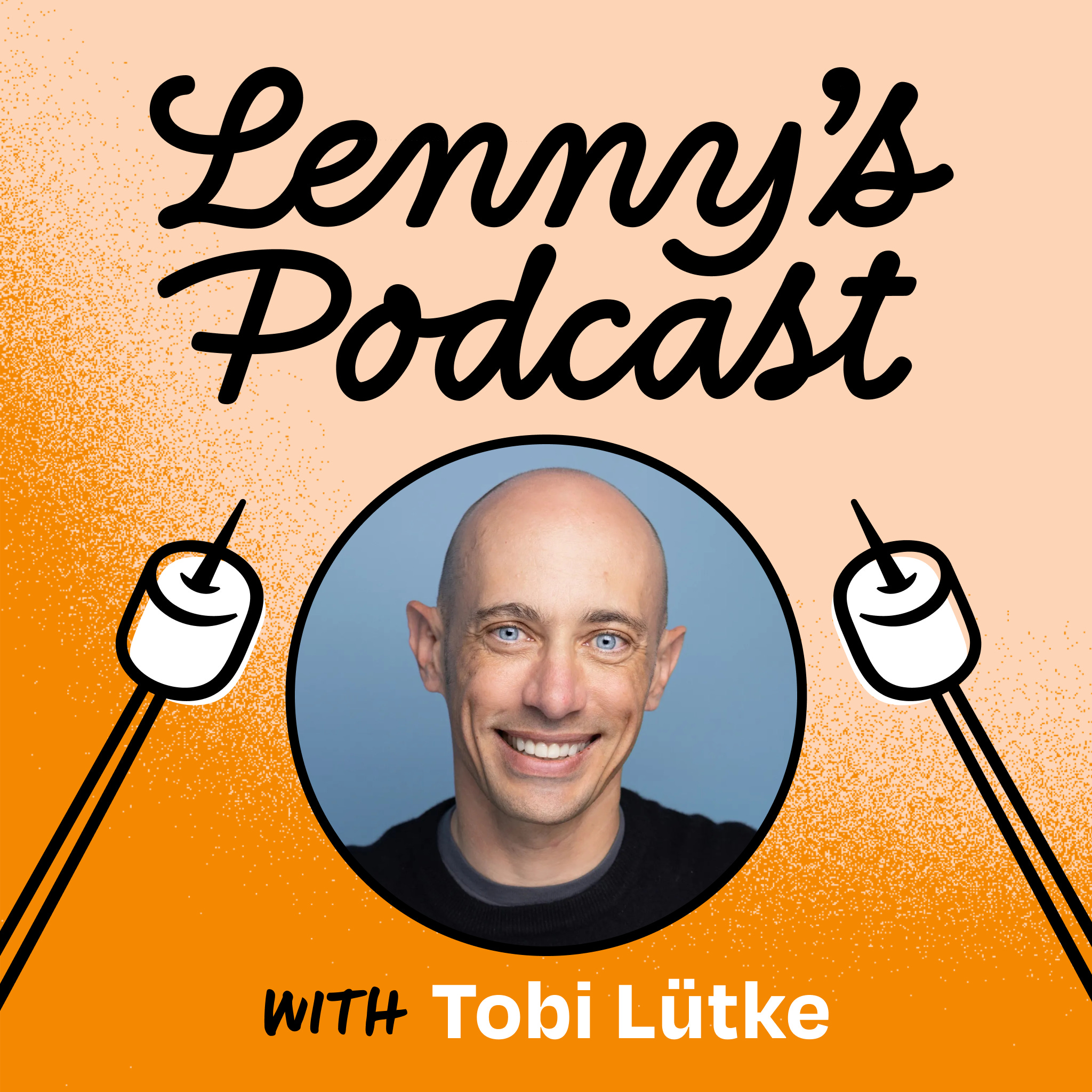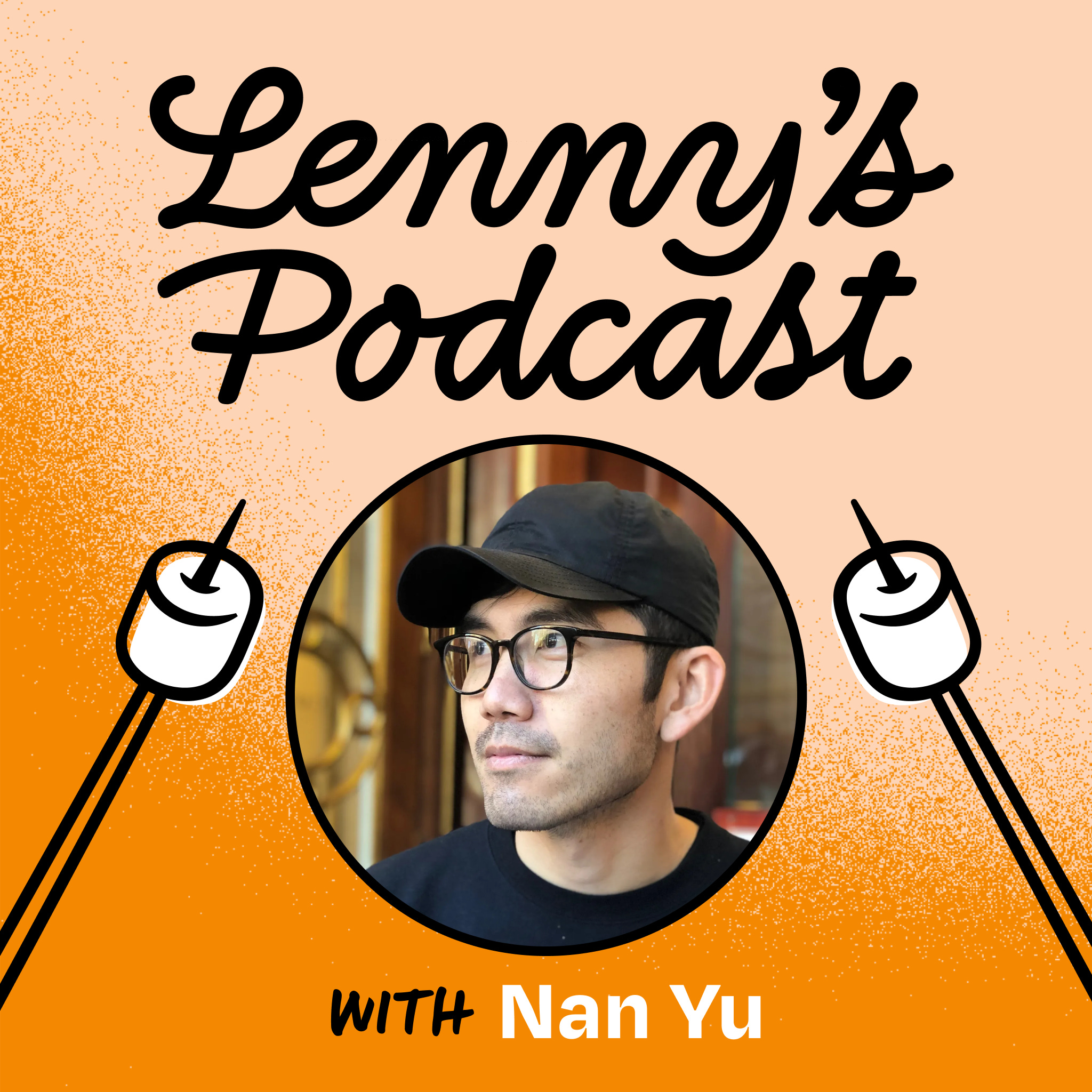
July 25, 2024 • 1hr 22min
5 essential questions to craft a winning strategy | Roger Martin (author, advisor, speaker)
Lenny's Podcast: Product | Growth | Career
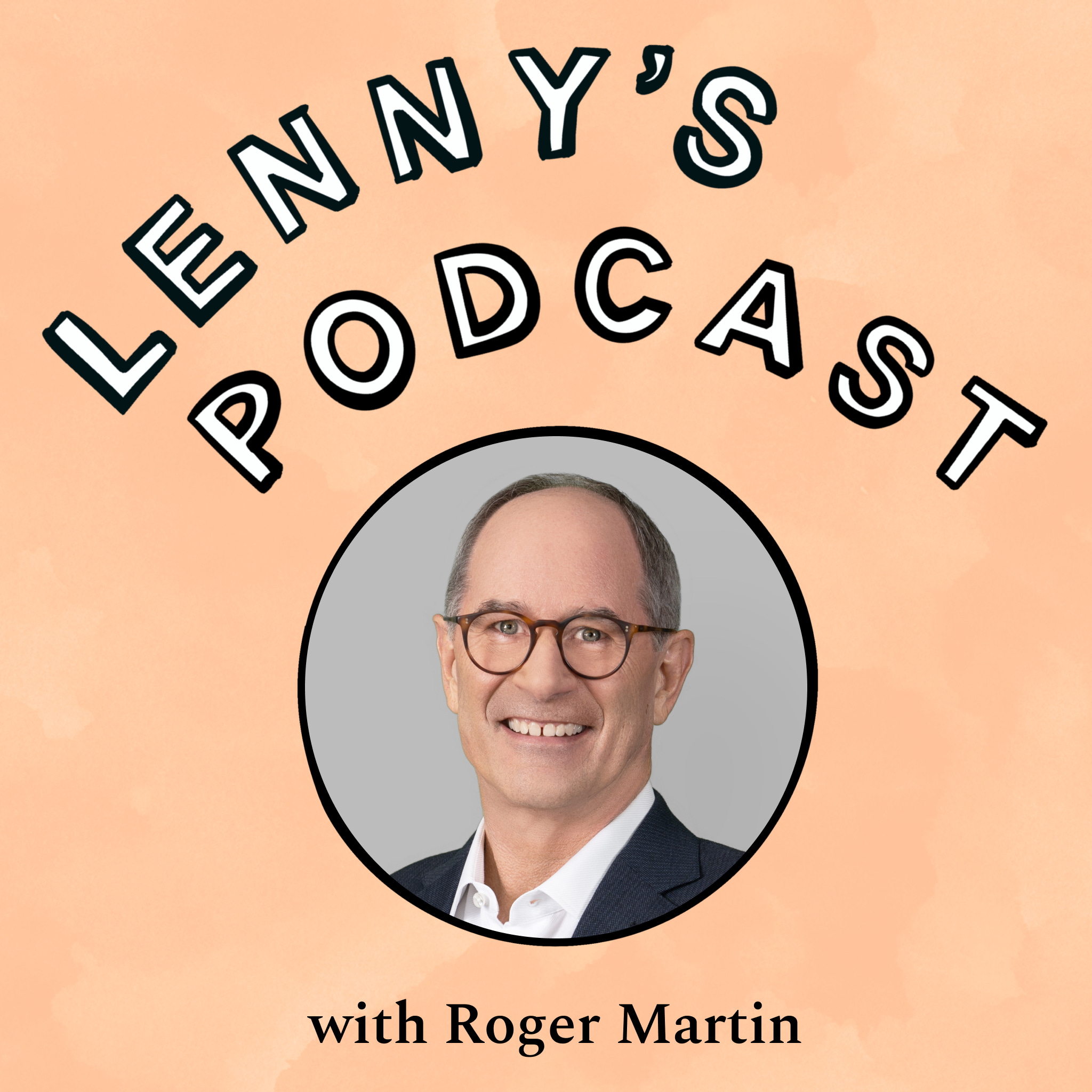
Key Takeaways
- Strategy definition: An integrated set of choices that compels desired customer action
- Strategy Choice Cascade: Five key questions to develop strategy:
- What's your winning aspiration?
- Where will you play?
- How will you win?
- What capabilities must you have?
- What management systems are required?
- Two main ways to win: Be the lowest cost provider or be differentiated
- Capabilities and management systems build and maintain your competitive moat
- Focus on "betterment" over perfection - tackle the most painful gap between current and desired outcomes
- Great strategists are made through practice, not born naturally talented
Introduction
In this episode, Lenny interviews Roger Martin, one of the world's leading experts on strategy and author of Playing to Win. Roger is professor emeritus at the Rotman School of Management and was named the world's #1 management thinker by Thinkers 50 in 2017.
The conversation covers Roger's framework for developing strategy, common pitfalls companies face, and practical advice for improving strategic thinking skills. Roger provides numerous real-world examples from his decades of consulting experience to illustrate key concepts.
Topics Discussed
Why Strategy is Challenging (7:01)
Roger outlines several reasons why many people struggle with strategy:
- It's an integrative activity requiring answers to multiple questions that fit together
- It's emotionally intimidating to make choices and be held accountable
- Poor education on practical strategy in business schools
- Strategy consulting firms do less pure strategy work now
He argues that business schools have shifted to teaching overly theoretical approaches like the resource-based view of the firm, rather than more practical frameworks.
Defining Strategy (17:40)
Roger defines strategy as "an integrated set of choices that compels desired customer action." He explains:
- Companies control many internal factors (factories, R&D, hiring, etc.)
- But they can't control customer behavior - they can only influence it
- Strategy is about making choices that will compel customers to take desired actions (e.g. purchasing)
The Strategy Choice Cascade (19:12)
Roger introduces his framework of 5 key questions to develop strategy:
- What's your winning aspiration? - What are you trying to accomplish?
- Where will you play? - What customers, channels, product categories, geographies?
- How will you win? - How will you create unique value?
- What capabilities must you have? - What do you need to be able to do?
- What management systems are required? - How will you support and measure?
He emphasizes these questions must be answered together as an integrated set of choices.
Playing to Win vs Playing to Play (23:20)
Roger discusses the difference between truly playing to win versus just playing to participate:
- Playing to win: Having a clear competitive advantage that customers recognize
- Playing to play: Participating without a real edge, vulnerable to competitors
He gives the example of Lego as a company clearly playing to win - kids don't consider a store without Lego to be a real toy store.
Two Ways to Win (26:38)
Roger outlines the two main strategic options for winning:
- Be the lowest cost provider - e.g. Southwest Airlines, Vanguard
- Be differentiated - e.g. Lego, Four Seasons Hotels
He notes that being the low-cost leader typically requires dominant scale, while differentiation can sometimes work at smaller scale.
Capabilities and Competitive Advantage (53:16)
Roger explains how capabilities and management systems build competitive advantage:
- Capabilities make your "how to win" theory come true
- More nuanced capabilities discourage competitors from copying
- Example: Four Seasons' capabilities in hiring, training, and retaining staff
He argues the goal is to make your strategy so difficult to copy that competitors choose to play elsewhere.
Counterpositioning and Fault Lines (1:02:41)
Roger discusses the concept of positioning your strategy to exploit competitors' weaknesses:
- Counterpositioning: Making moves competitors can't easily match
- Fault lines: Finding gaps competitors would struggle to cross
He gives the example of Olay's move into mass market skincare, which Estée Lauder's Clinique brand couldn't easily follow without damaging their prestige positioning.
Adapting to Market Changes (1:05:53)
Roger emphasizes the importance of adapting strategy to customer preferences:
- Customers will ultimately "triumph" - you can't hold back the tide
- Example: Vanguard reluctantly entering ETFs despite founder's objections
- Cautions against abusing monopoly positions (e.g. Microsoft Windows)
He argues that even dominant companies like Google must evolve or risk being disrupted.
Betterment Over Perfection (1:14:11)
Roger introduces his concept of "betterment" as an approachable way to improve strategy:
- Focus on closing the most painful gap between current and desired outcomes
- Make different choices to solve that specific problem
- Continuously work on the next biggest gap
He gives the example of a professor iteratively improving his course by replacing the worst-rated lecture each year.
Becoming a Great Strategist (1:18:42)
Roger shares his perspective on developing strategic skills:
- There's no such thing as a "natural strategist"
- Great strategists become great through years of practice
- Anyone can improve by consistently working on strategic problems
He encourages listeners not to wait to work on strategy, but to start practicing immediately.
Conclusion
Roger Martin provides a practical and empowering framework for developing strategy, emphasizing that it's a skill anyone can improve through deliberate practice. His Strategy Choice Cascade offers a structured approach to making the integrated set of choices required for an effective strategy.
Key themes include focusing on either low cost or differentiation, building hard-to-copy capabilities, and continuously improving by tackling the biggest gaps between current and desired outcomes. Roger's insights offer valuable guidance for product managers, founders, and business leaders looking to sharpen their strategic thinking.
